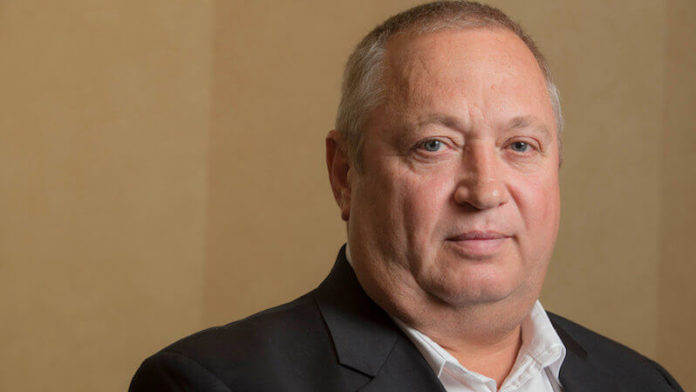
NEAL Froneman, CEO of Sibanye-Stillwater, said he intended to double the size of the company through acquisitions in battery minerals or gold, according to an article by BusinessLive.
However, acquisitions were unlikely to be in South Africa, effectively distancing his company from the bidding for Mponeng and Mine Waste Solutions, assets that AngloGold Ashanti has put under the hammer.
“We need to think about how the company is going to evolve into something bigger, both in gold and battery metals or hi-tech metals,” he told BusinessLive.
“We aim to double our size in the next few years, but we are ex-growth in South Africa. We have a few organic growth projects here, but we can’t double here. We need to diversify our geographic risk.”
Sibanye-Stillwater is capitalised at about R99.7bn on the Johannesburg Stock Exchange after seeing its share price gain about 162% in the last 12 months. The company mines about a million to 1.2 million ounces a year in gold and 2.5 million oz of platinum group metals (platinum/palladium).
Commenting on South Africa as an investment destination, Froneman said the government had taken a punitive approach to the mining sector based on its negative history.
“The government continues to see the mining industry as one that has not acknowledged its legacy issues. They continue to implement punitive measures to rectify the past. All it’s done is kill investment. That’s not the solution. We have a stalemate,” he said.
Froneman also told BusinessLive that he was preparing for retirement once the company had grown to a sufficient size.
“I have very consciously, and in agreement with the executive team and discussed at our meeting, stood back so that they can grow,” he said.
“We need to increase our capacity in the US and we are starting to look towards the model of not having a centralised corporate office.
“My thinking is to essentially prepare the organisation for new leadership in the next four to five years. Through that whole process I must make sure the executive and senior management remain engaged, growing and ready for changes that are upon us,” he said.









